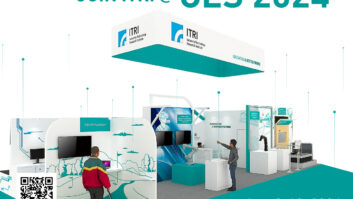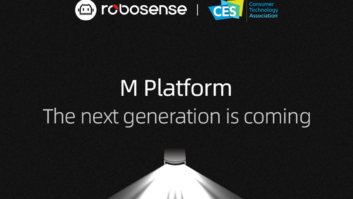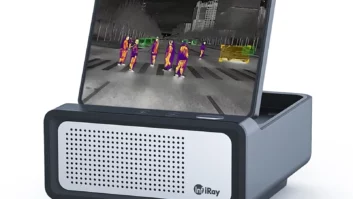
Arlington, Va. — As another international CES has closed, the Consumer Electronics Association (CEA) is now setting its sights on its next ambitious endeavor, the inaugural CES Asia, taking place May 25-27 in Shanghai, China.
Karen Chupka, CEA’s senior VP, international CES and corporate business strategy, sat down for a Q&A to discuss the event.
How long has CES Asia been in the works?
Years. Conceptually, we have been talking about it for probably five years or more. But in practical terms, it’s been about 2.5 or three years of actual planning. We saw a need that we thought should be filled. We have done some events in Asia, and there are some strong technology events in Korea, Taipei, but not really in mainland China — at least nothing that really focuses on the breadth of consumer technology or emerging tech.
Any concern that a CES Asia could cannibalize International CEs by giving Chinese companies an excuse not to attend?
Not necessarily, and that’s something we learned more and more about as we went along. We have plenty of Chinese companies that exhibit at CES, I want to say around 300 or more, but the thing we learned is that a lot comes into play for a Chinese company to come here. They have to get visas, which is not that easy, and, more importantly, they have to get fights, and fights out of China are limited. We hear that most years those fights book up as early as July or august. So unless a Chinese company plans well in advance, they might not physically be able to attend CES. You can’t just decide to come last-minute because of the physical barriers. We’re looking at CES Asia as a good complementary show to CES.
How did you choose the location?
Well, Shanghai was the best choice for a number of reasons. it is the most market-oriented, business-oriented city in China. Beijing is more government- focused and government-dominated. Most of the major global brands that do business in China have marketing offices, or some physical presence in Shanghai. Plus, Shanghai has an excellent facility in the Shanghai New International Expo Center (SNIEC). It’s adjacent to world-class hotels. it sits right on the Maglev train line. If you fly into Pudong International Airport, you can get to the convention center on the Maglev train in 12 minutes. The convention center also connects to the metro lines. It’s about as central a location as can be found.
Will the show mirror International CES?
In many ways yes, but we intend it to be a much more focused event. We want the focus to really be on emerging technologies: wearables, smart home, 4K video, automotive, digital health … finished, consumer goods. This is a trend-oriented show. There will be keynotes and dynamic panels like CES. There will definitely be parallels and differences.
How big do you expect it to be?
We’re looking at a target of 300 or so exhibitors and about 15,000 attendees.
Primarily Chinese companies?
Yes, companies from Asia mostly, with a strong handful of American and global brands — Asian companies that want to break into the Western market and Western and global brands that want to make bigger inroads into China.
Will it be trade only?
Mostly industry only, at least on the front end. We will open it up to some consumers on the last day. that’s something many of the Chinese companies requested. They want some consumer exposure too, and they want media coverage that will reach consumers. We will be teaming with local media partners to give away passes, generate some buzz.
How challenging were the logistics of putting on a trade show in Shanghai?
There were plenty of challenges, language being the main one. Every document, every contract, every request has to be translated at some point. We chose a very strong local partner in Intex, which runs several large trade shows in Shanghai, including events for the transportation and music industries. They are very experienced and helped us navigate some of the logistics. We also had to get used to a different style of business locally. Business transactions tend to be more casual in China. Signed contracts are not always a priority. There is more of a kind of “trust us” way of doing business, and we weren’t used to that. More than anything, we wanted to make sure the CEA brand was carried thorough in every aspect, especially customer service. CES exhibitors are used to a very high standard of customer service from us. it was vital that we maintain that type of standard at CES Asia. The Western companies that will be exhibiting know us as trusted partners, and we hope to maintain that standard with the Asian companies as well.
How’s the weather in China in May?
Low to-mid-80s. Pleasant. It is just before the rainy, humid season so we should be OK.













